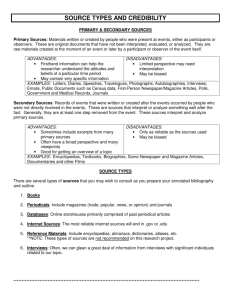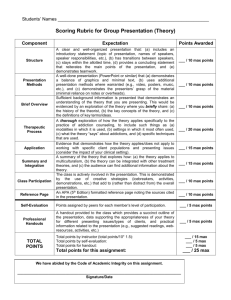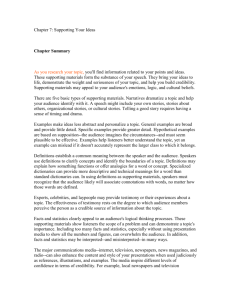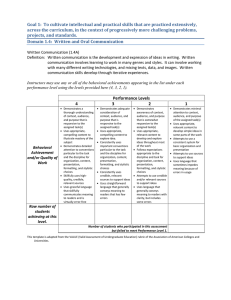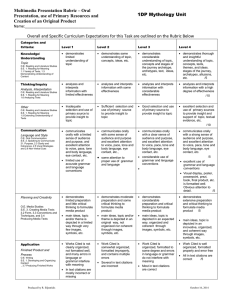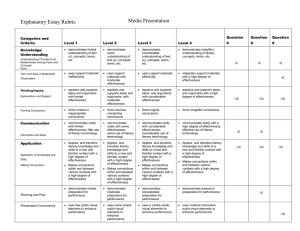"Support Material and Evidence" Slides
advertisement
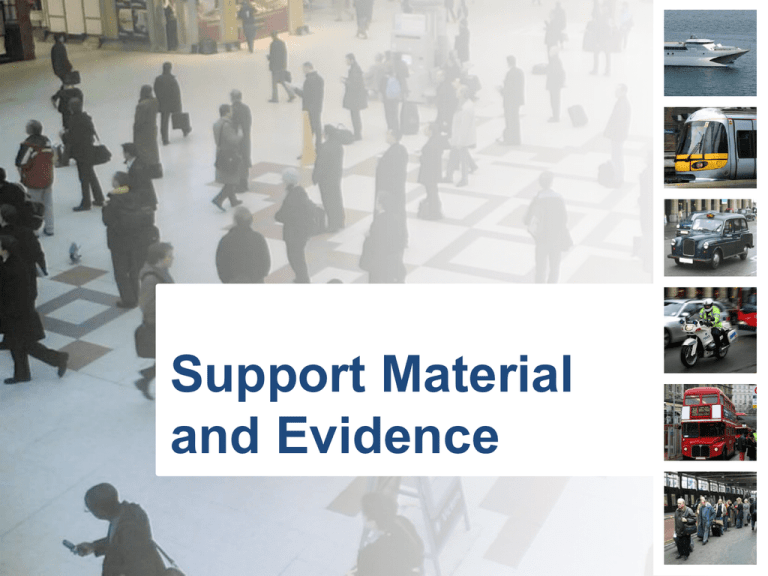
Support Material and Evidence Acknowledging Your Sources Public speakers acknowledge their sources in 2 ways: orally in the speech and in written form in the bibliography or Reference Page. With oral citations, speakers mention, or cite, the sources of their information during the speech. For example: o According to a June 2010 article in the San Jose Mercury News, the phrase “digital music” poses the highest risk of leading searchers to websites containing spyware and viruses. 2 Citing Sources Orally Dr. Ruben Stein, a business professor at Columbia University, found in his research that a supervisor’s communication competence has a dramatic influence on subordinates’ satisfaction with workplace communication. His 2008 article in the Journal of Business Communication also reported a direct link between how supervisors communicate and job satisfaction. 3 Oral Source Citations In these examples, the speaker tells the audience who authored or published a particular piece of information, and what year it was published. In the written Reference Page (attached to your outline), your information would include the author, date of publication, title, place of publication, and publisher. You’ll need this information to give credibility to your argument. 4 How current in your information and sources? Does the author refer to statistics or developments that are several years old? Are examples drawn from current events? Does the author’s language suggest that the document was written recently or several years ago? For a website or webpage, do many broken links appear on the page? Is the source biased? Is the source credible? 5 Use 4 Types of Supporting Material/Evidence Examples: Illustrates, describes, or represents things; it can be brief or extended. Use real, not hypothetical examples. Examples put a human face on statistics and information. Statistics: Data that demonstrates relationships. Stats summarize information, demonstrates proof, makes points memorable. Expert Testimony: Provides credibility to definitions, statistics, etc. Definition: Defines the proposition, current policy, laws, etc. 6 Types of Definitions • Logical: A dictionary definition • Etymological/historical: Explains how the word or policy you’re defining was derived. Its link to some historical event or drawn from root words. Example: “boycott” • Operational: Explains how something or some policy works or operates; or steps that make up a process. • By Negation: Sometimes the best way to clarify a term is to explain what it’s not. Abstract notions are hard to define, thus we reference to opposites. Example: I can’t tell you what justice is, so I’ll tell you what it is not. • By Authority: A word/policy/law is defined by a credible source. • By Example: Explain by demonstration or narrative. Examples help make terms concrete. They perk up your audience by adding human interest/drama. 7

